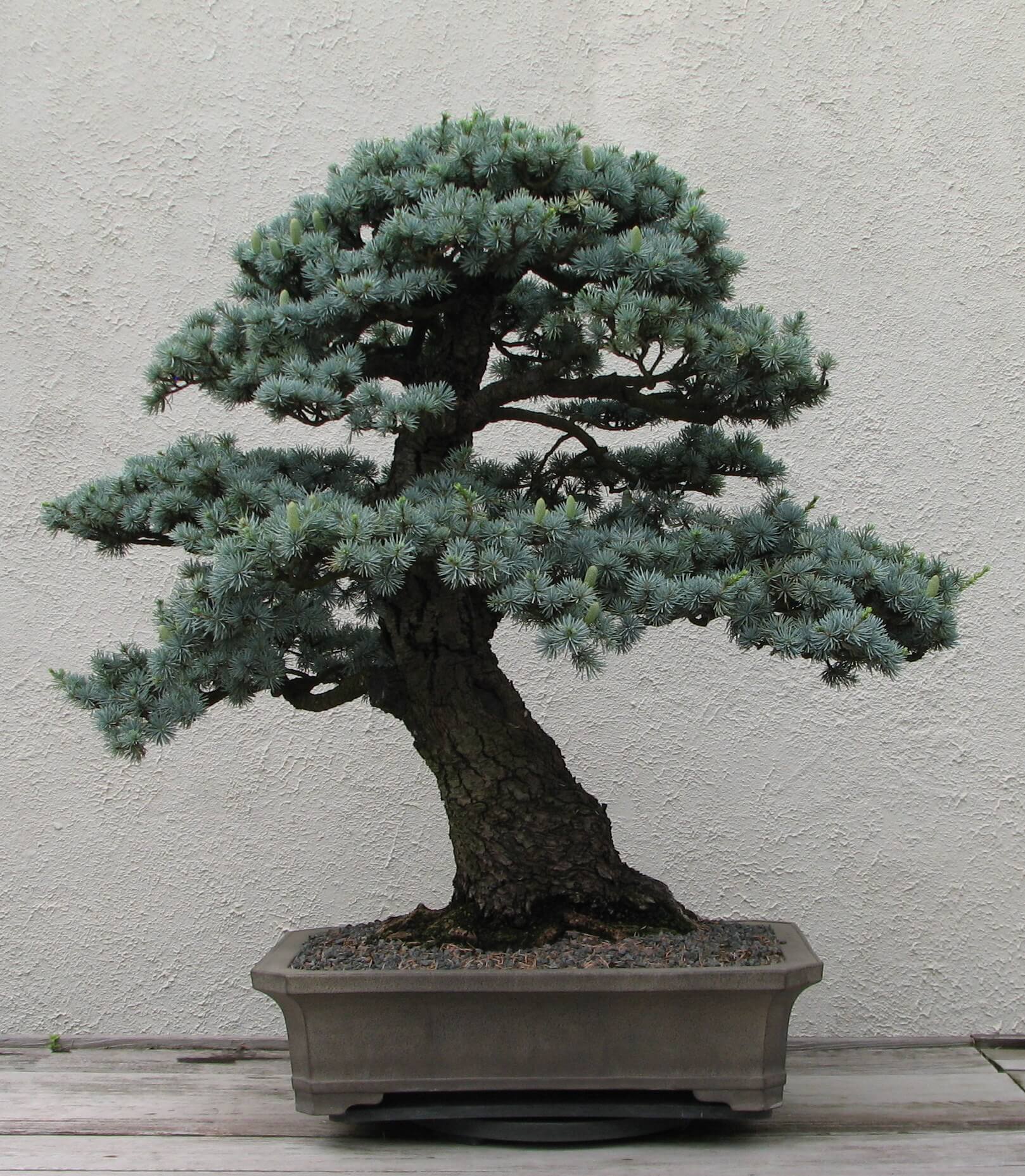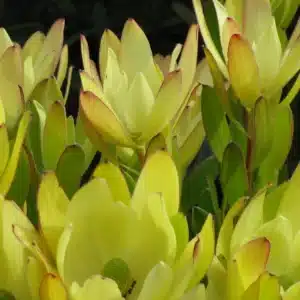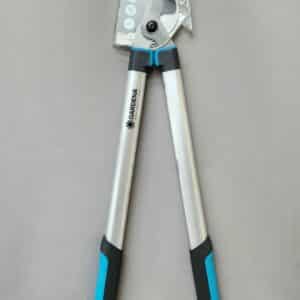Indoor plants : Caring for bonsai
Indoor plant tips

Indoor Plants : Caring for Bonsai
A lot of time went into creating your bonsai. Bonsai are known to live for many years, depending on the type of tree. There are severalrules to follow to keep your tree alive and well. Always remember that a bonsai is supposed to be a healthy tree and not a tortured/mistreated tree. Bonsai are normal size trees that will grow again to their original size if planted back in the ground.
Position Bonsai – Most bonsai prefer to be kept outdoors, since they are normal trees. It is also easier to maintain and care for a bonsai outside. Make sure the tree receives enough morning sun (around 4-5 hours). However, several bonsai species (eg. Wild Fig, Brush Cherry, Serissa) can be kept indoors with the right care. The tree should be placed where it receives good natural light, but not directly against a window. Place it at least 30cm from a window. Keep the tree away from heaters or air conditioners.
Watering Bonsai – Good common sense is needed when watering a bonsai. At no stage should a bonsai be bone dry, but neither should the soil be sodden for long periods. In summer, trees should be watered daily. Ensure that the tree has enough water in its soil to go through the day. The tree should be watered until the water comes out of the drainage holes of the pot. In summer the tree could be placed on a drip tray (humidity tray) filled with gravel and water. The pot must be on the gravel and not in direct contact with water. (Too much water could cause root rot.) Occasionally trees can be dunked in water for a few minutes. This ensures that the root base is watered thoroughly. If the trees are kept indoors, the tree should be taken outside and sprayed with water to get the dust off the leaves.
Fertilising Bonsai – Deciduous trees should be fed once a month during the growing season. Evergreen trees must be fed once a month throughout the year. Don’t ever fertilise a sick tree and follow the directions on the fertiliser package to ensure that you don’t damage the tree.
Pruning Bonsai – This new growth should be trimmed regularly to keep the tree in shape. Cut the new growth back to the original shape of the tree.
Repotting Bonsai – Your tree only has a small amount of soil and this must be replaced every 2-3 years in order to keep your tree healthy. If you do not know how to repot a bonsai rather seek professional help.
Disease and pest control for Bonsai – Look out for ants and other insects that may attack your bonsai. Seek professional help if necessary and remember that poisons can be dangerous.
You might also like
Shop online
-
PLASTIC SQUARE BLACK/GREEN POT 7CM X15CM
- R49.99
- Select options This product has multiple variants. The options may be chosen on the product page Learn More
-
PRUNING LOPPER
- R799.99
- Add to cart Learn More
-
- Sale!
MED ADULT 15KG
- Original price was: R1,599.99.R1,279.99Current price is: R1,279.99.
- Add to cart Learn More




